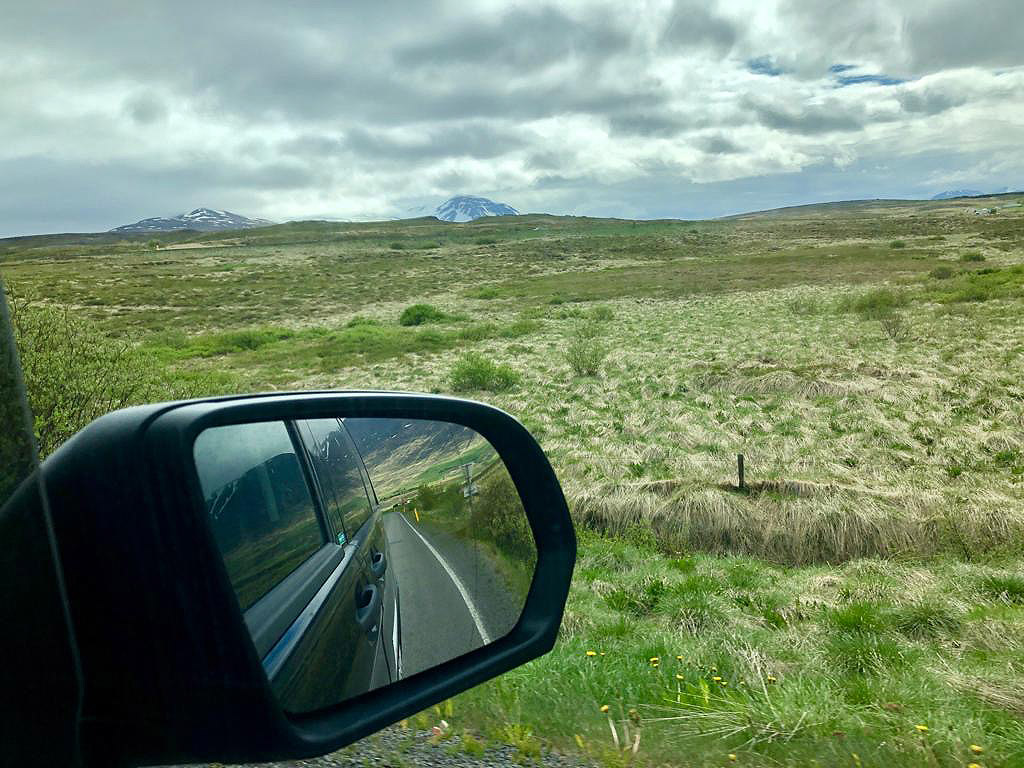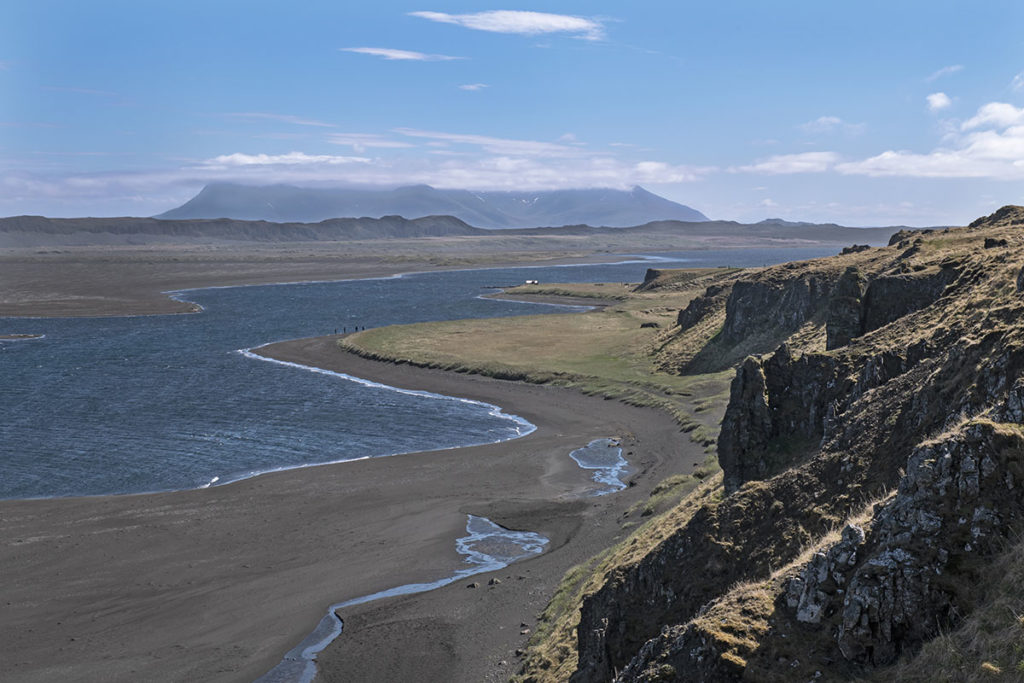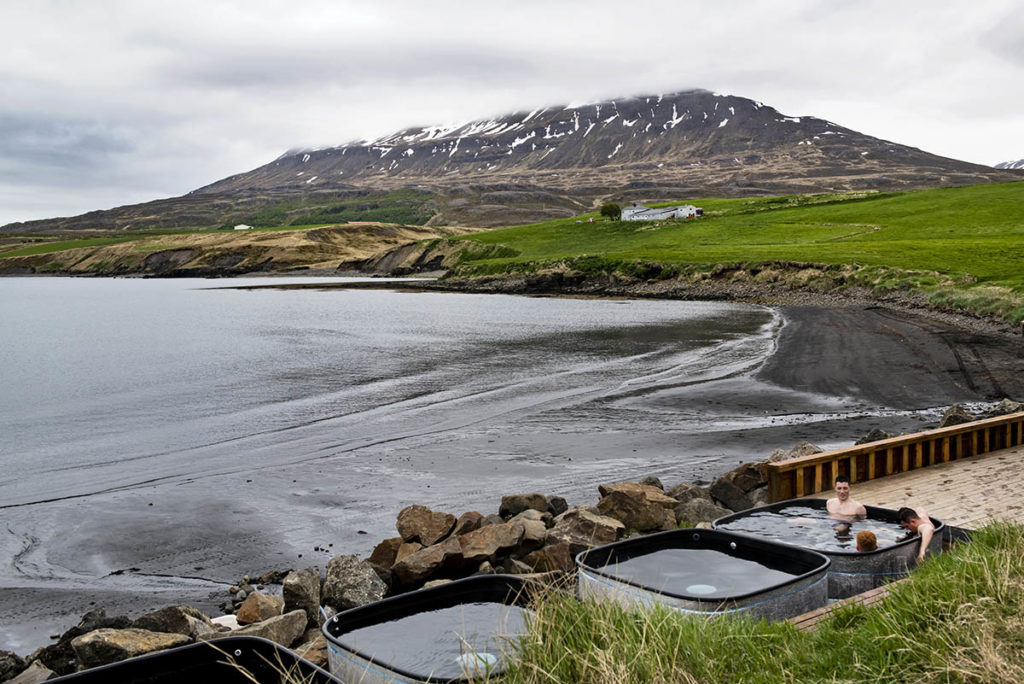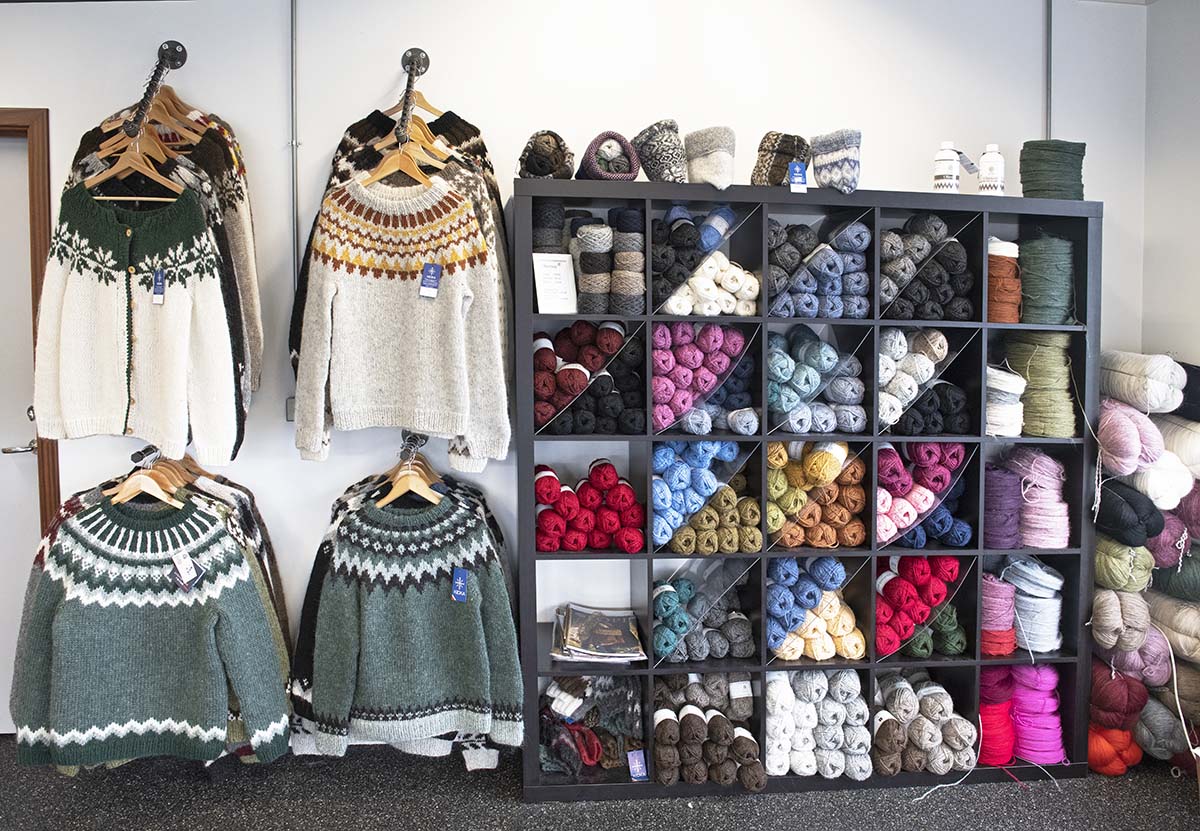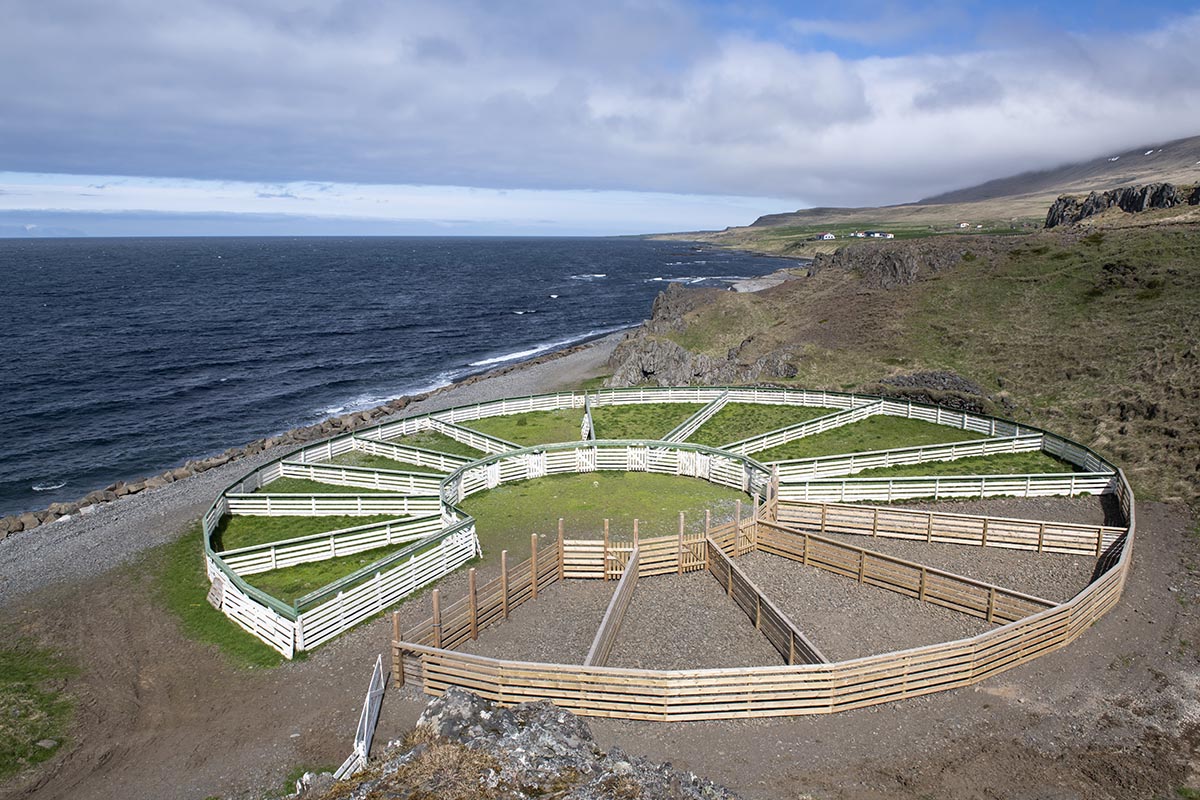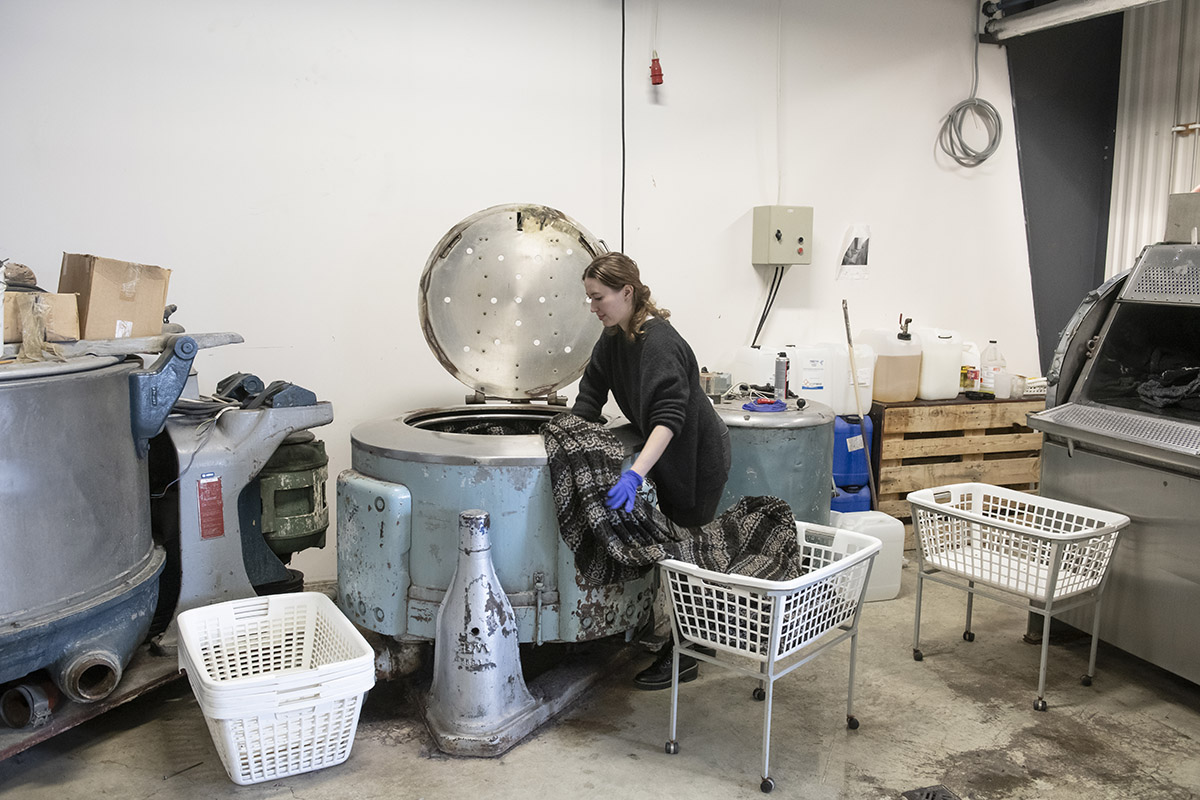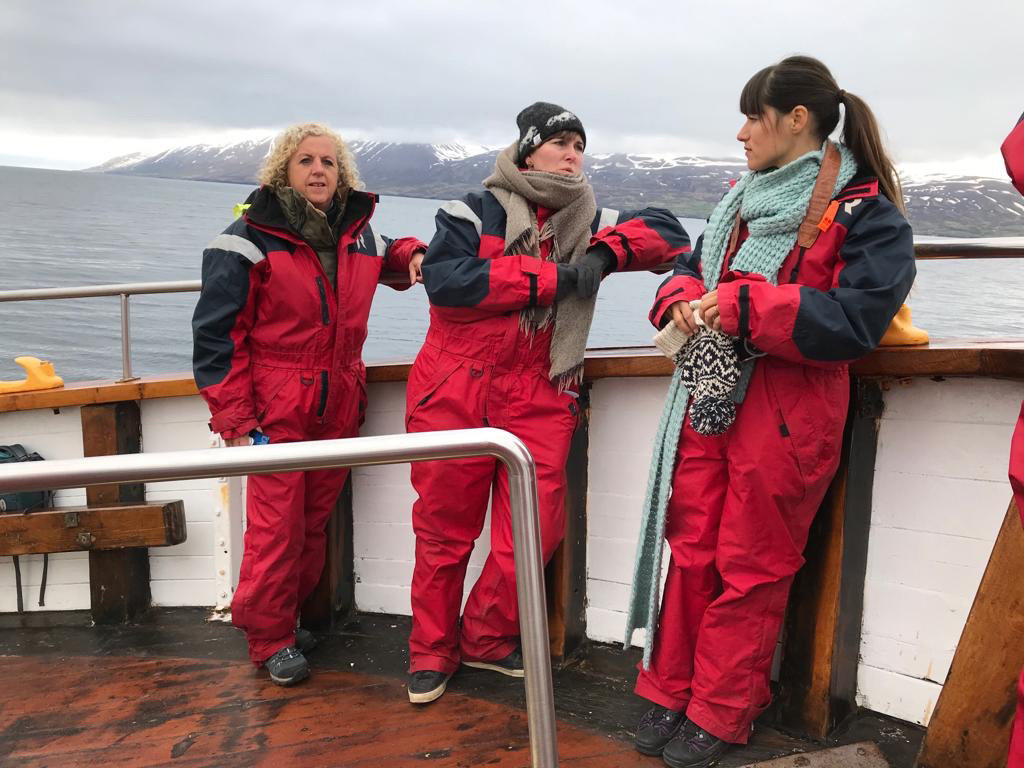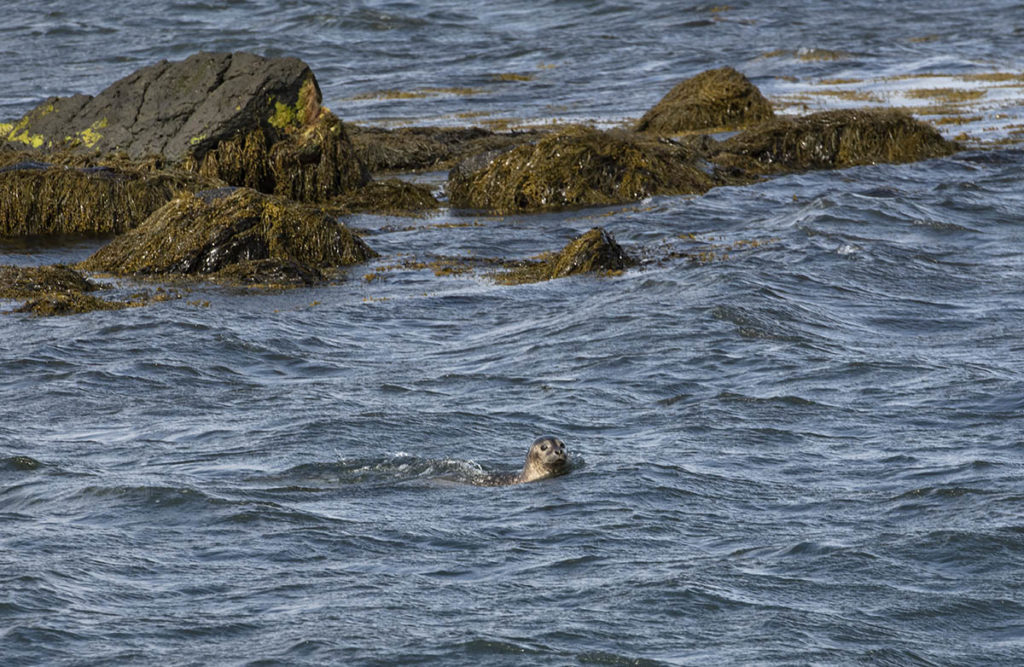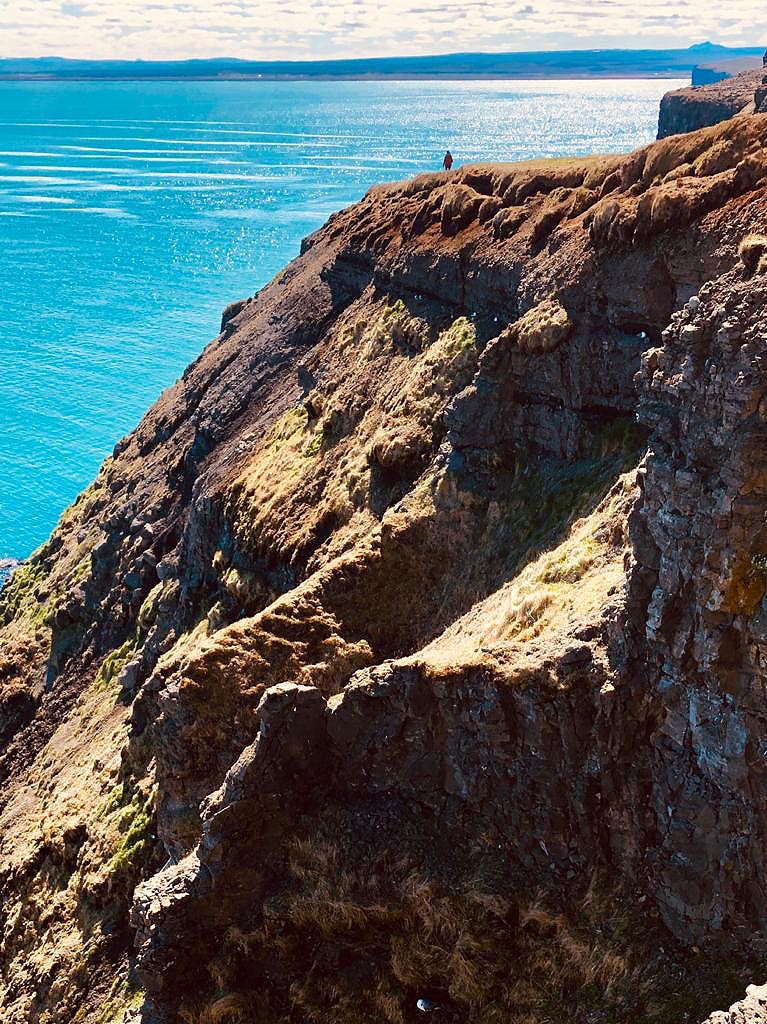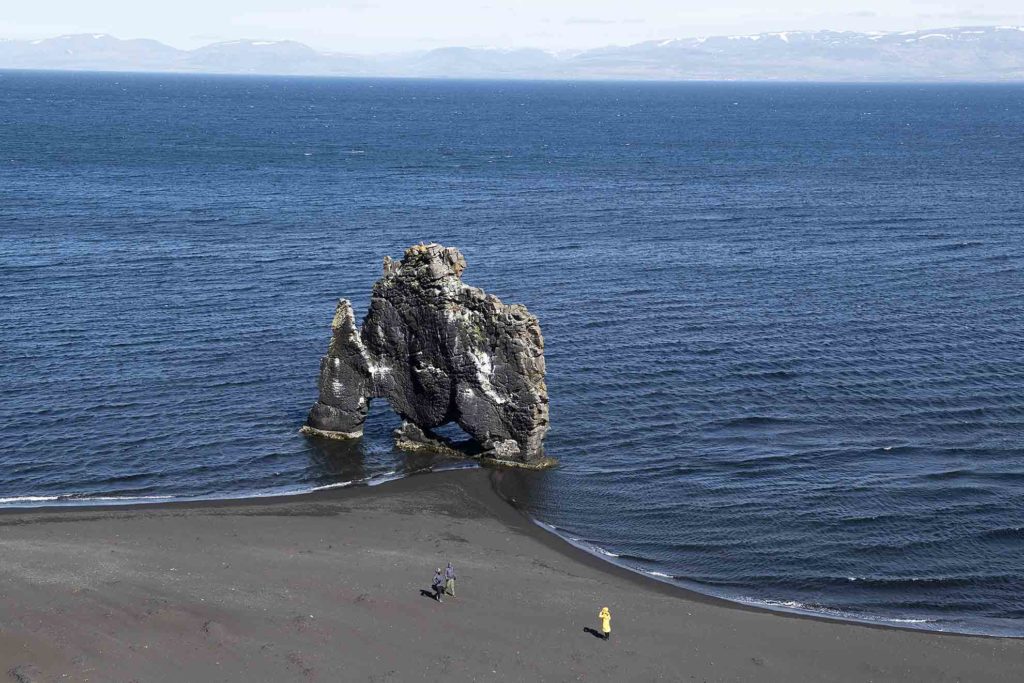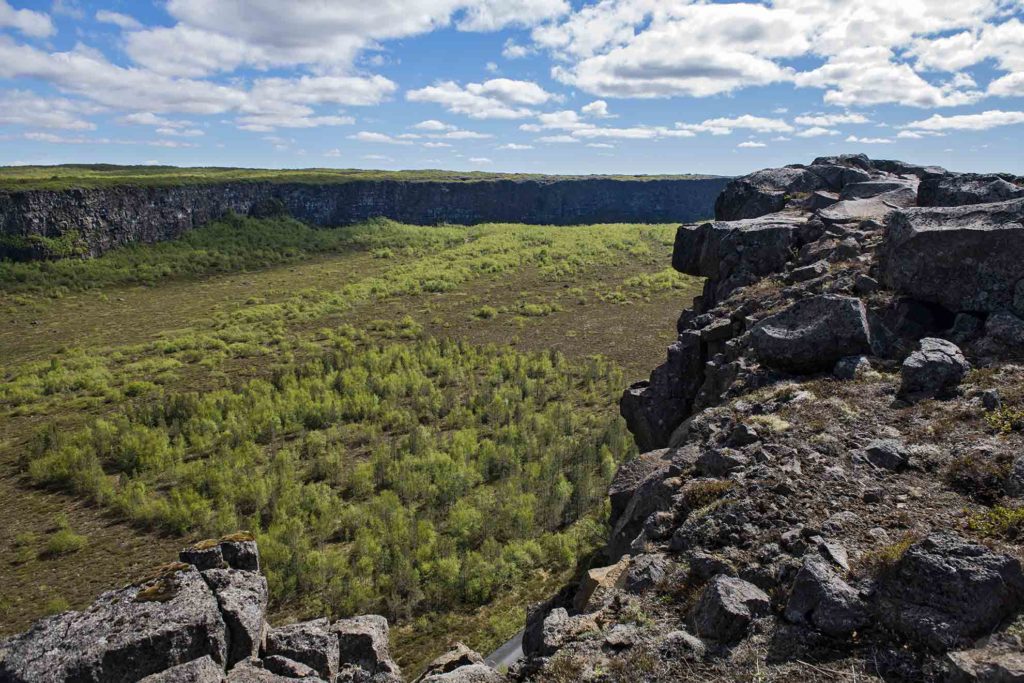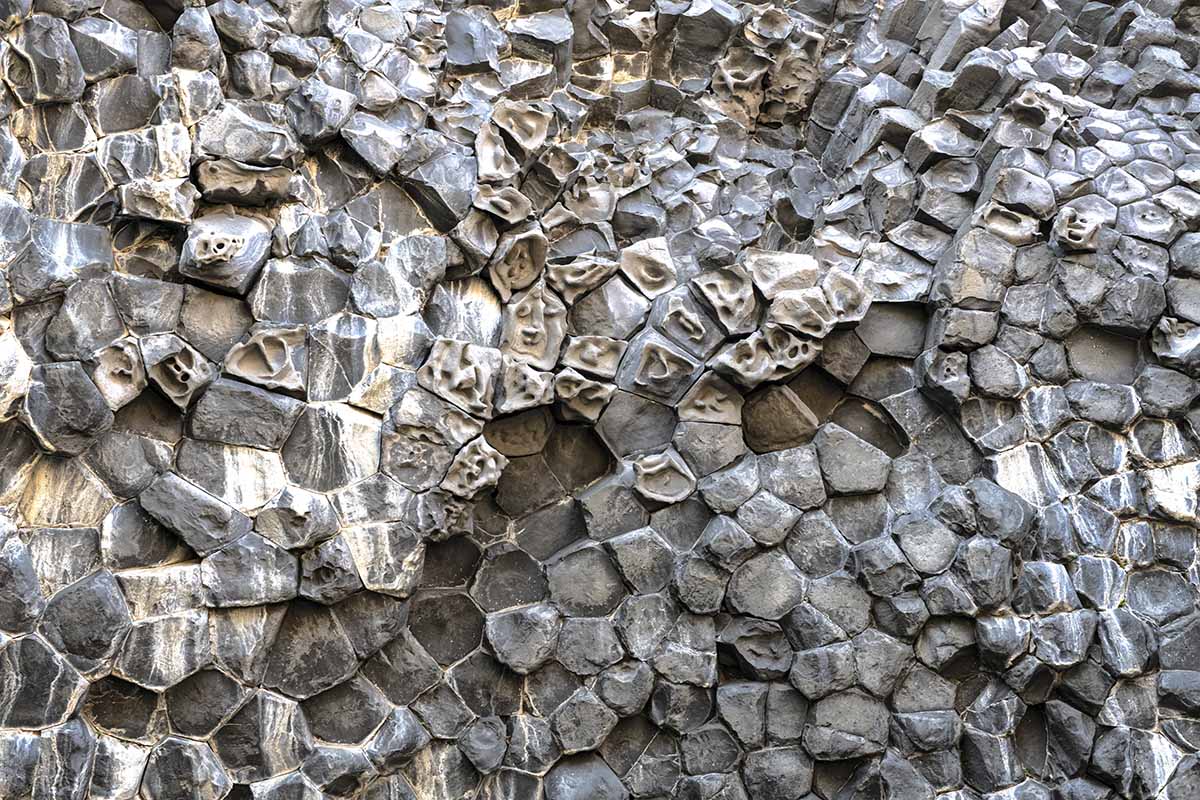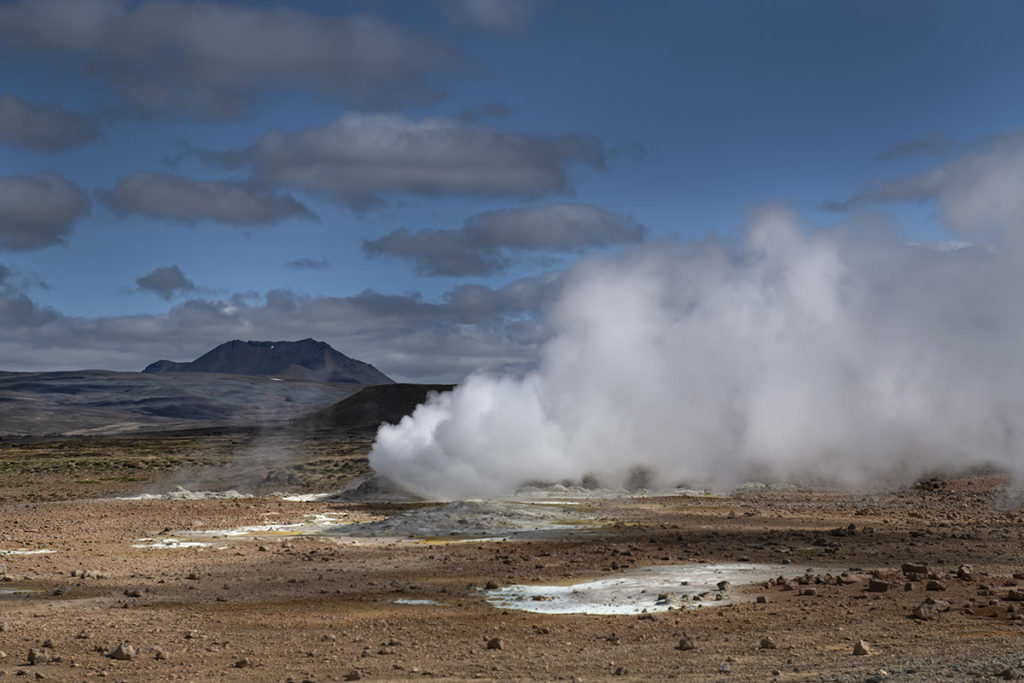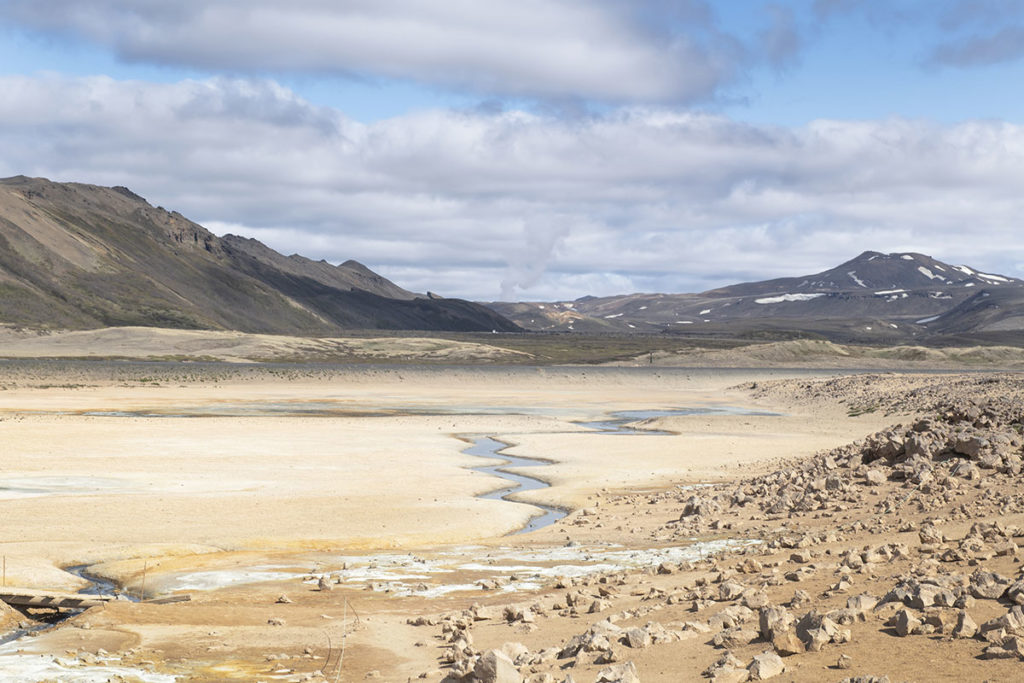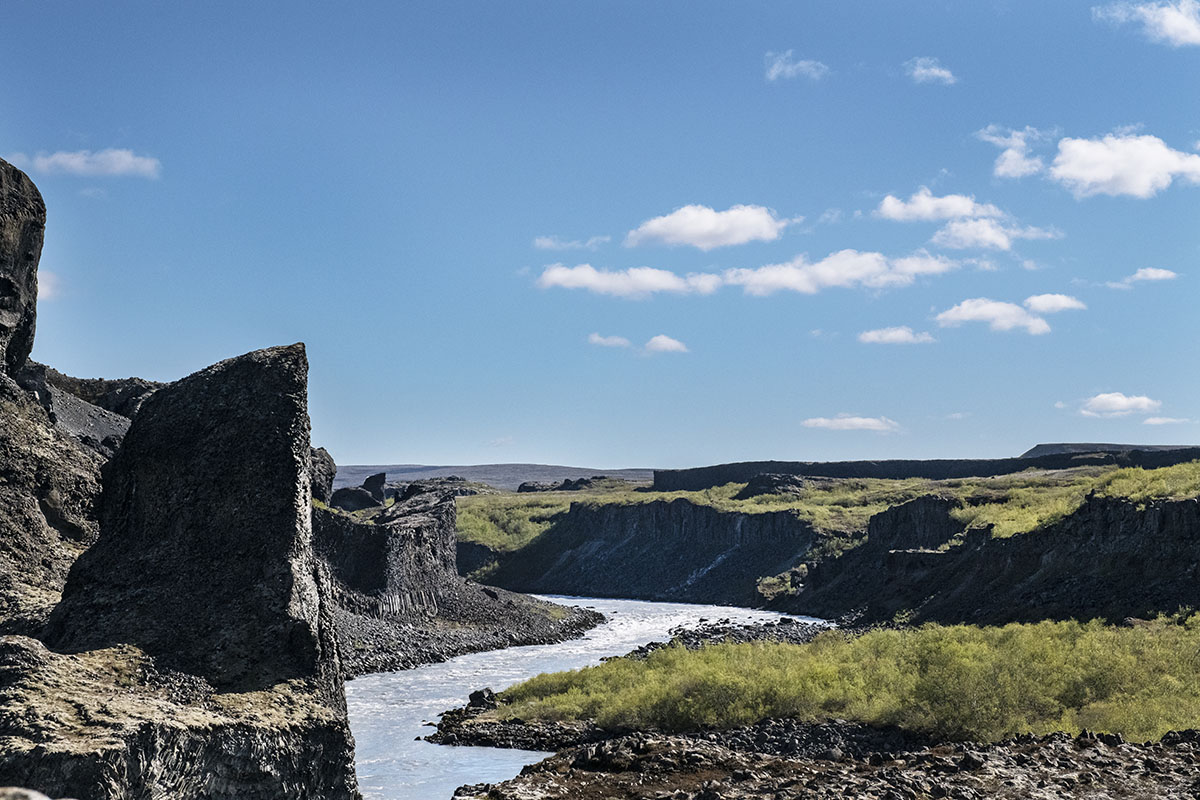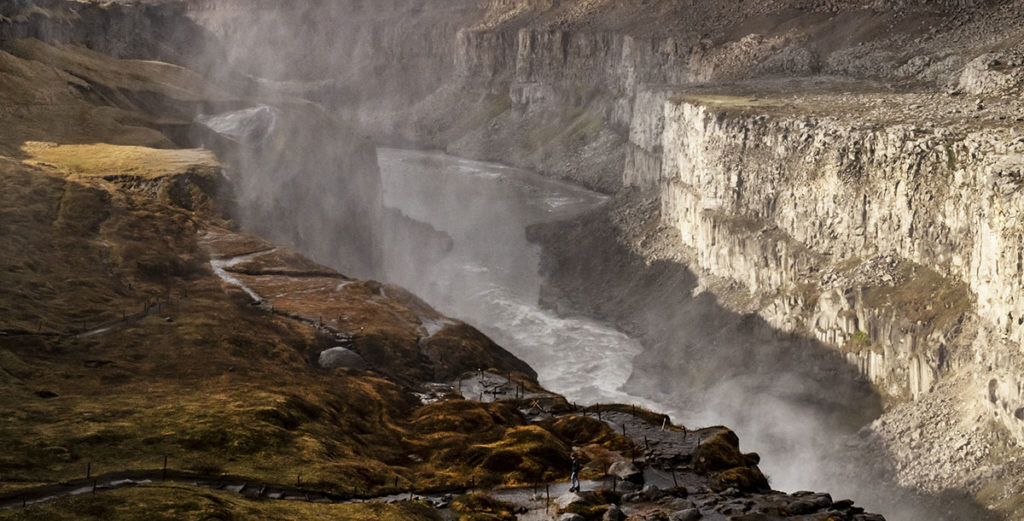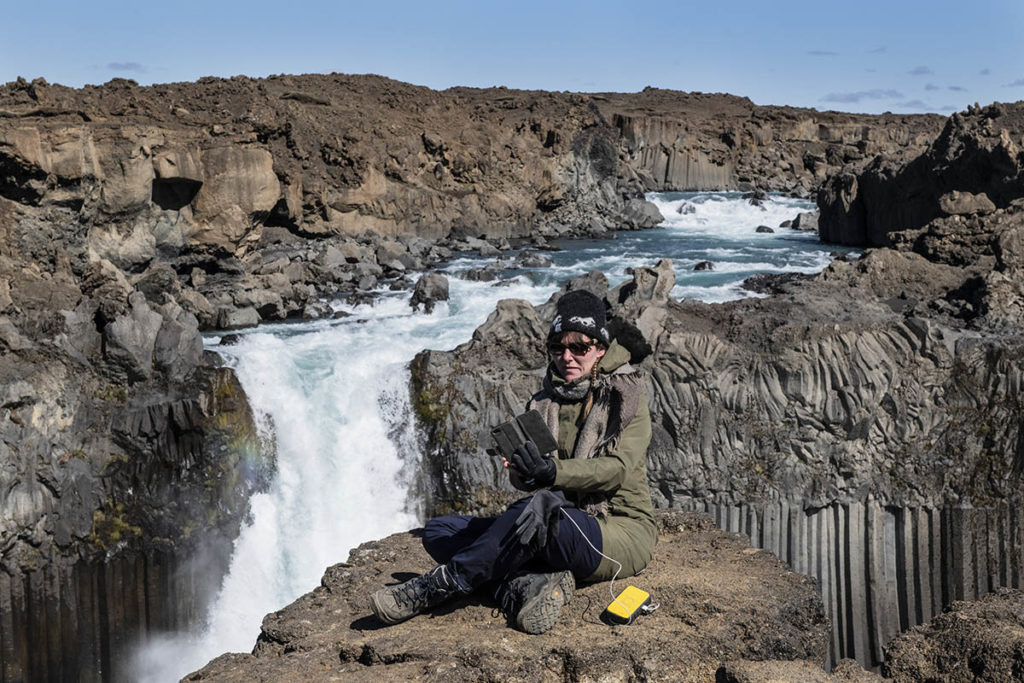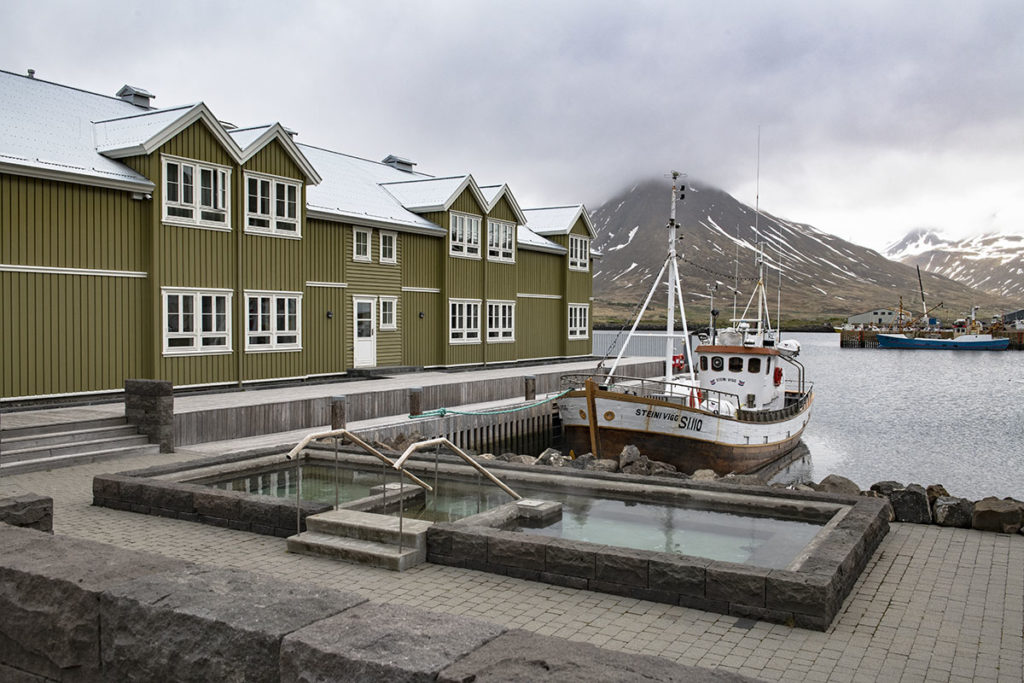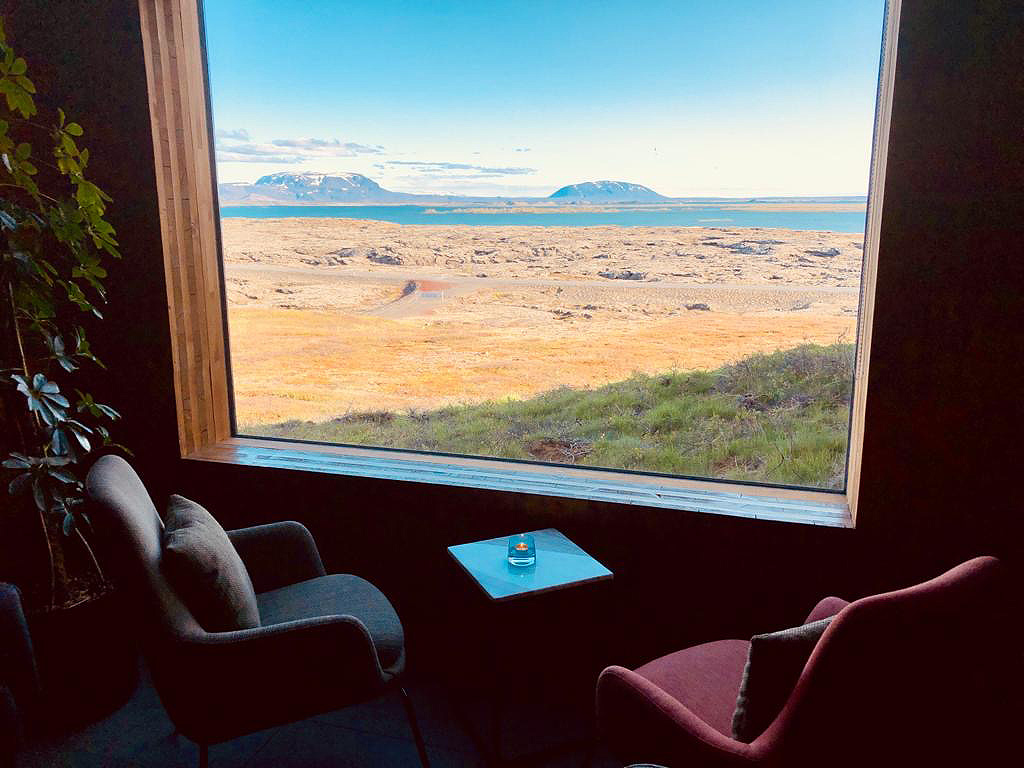Iceland is unique and intense in many ways. The volcanic landscape, full of rock formations, petrified lava fields and hot springs, interspersed with majestic waterfalls, deep gorges, glaciers, rolling hills and imposing fjords with a rich marine life. And in the far north you still have all that beauty to yourself, riding along the Arctic coast.
Text: Angelique van Os | Photography: Henk Bothof
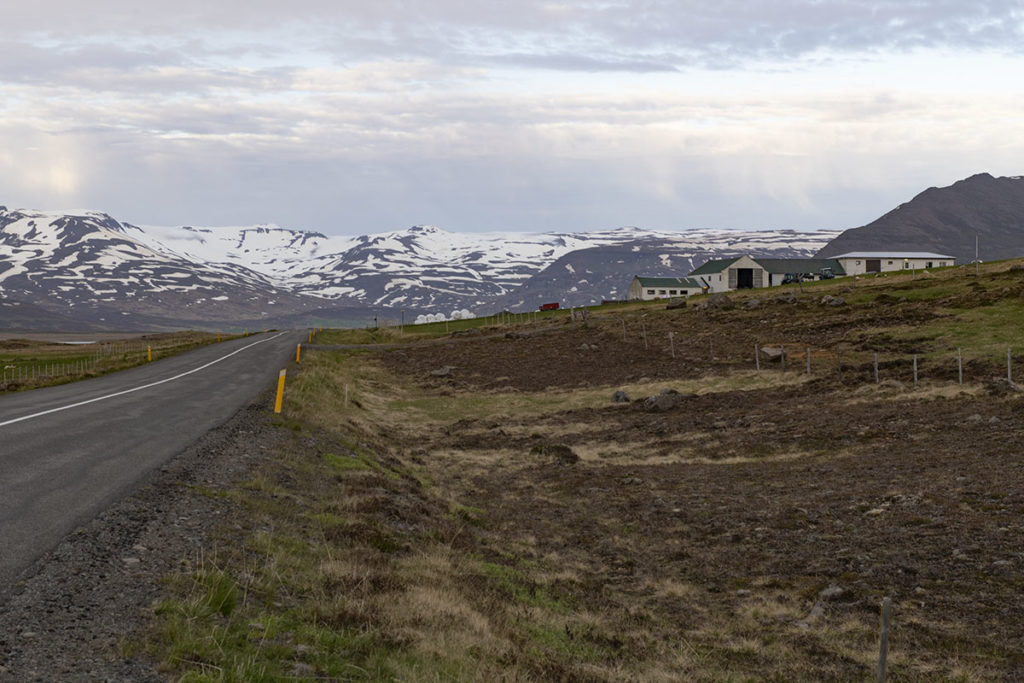
From the airport near the Icelandic capital Reykjavik the change is already noticeable: there is more traffic, the motorways have been widened, there are more petrol stations and full buses regularly pass by. The Iceland I got to know ten years ago was quiet and desolate except for the lively capital. Iceland is as colourful, rugged and vast as ever, but visitors have grown in hordes. Fortunately, this doesn’t apply to the north and northwest of Iceland. These are rough pearls and since June 2019 Transavia flies daily to Akureyri, Iceland’s fourth largest city (about 19,000 inhabitants).
However, we first drive with a van to the far north of Iceland, so we can see the landscape change along the way. Our cheerful guide Hjalti Páll Pórarinsson, who works for Visit North Iceland, partly takes route 1 via the west coast. The inhabited world decreases, rolling hills and mountains increase. Approximately 50,000 people live in the north, while the size is comparable to the Netherlands. Sheep and Icelandic horses dominate the vast meadows, complemented by a ‘lost’ farm. The further north we get, the greener it gets. We even see low bushes and here and there a planted bush. Because of the special geological ecosystem, there are naturally no forests to be found anywhere. It’s glaciers and volcanoes, or traces of them, that dominate the landscape. ” We have the most hours of sunshine in Iceland and because of the combination with wetlands, the landscape colours greener than elsewhere in the country,” Hjalti explains. So we are lucky, because five out of six days of our trip the weather is good. And that while Iceland is known for its changeable, boisterous weather. Four seasons in one day are more rule than exception. A wind- and waterproof jacket is a must, as well as gloves and good walking shoes.
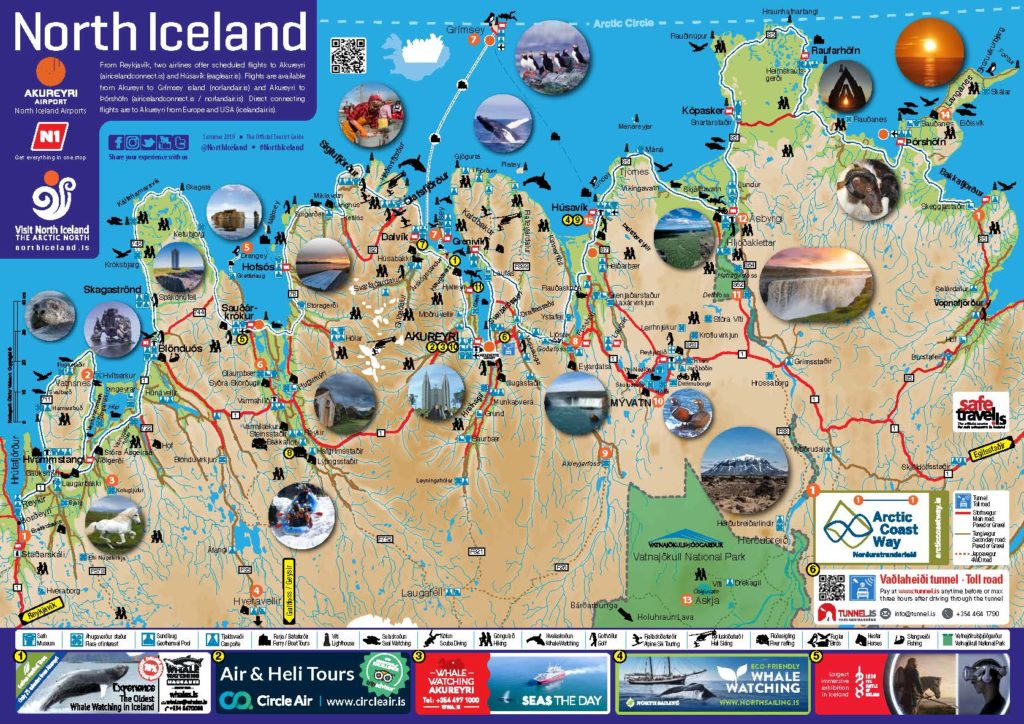
Roadtrip Arctic Coast Way
In order to understand something of the lifestyle of the Icelanders, it is good to take your time. To travel slowly through that landscape of contrasts. The best way to do that is with a 4×4 land cruiser or a sturdy station wagon. It is the rough nature that rules here. Time doesn’t play a role and you notice that in the friendly and relaxed Icelandic people. Certainly not in summer, when it stays light for 24 hours. The north of Iceland has mainly small fishing villages, mostly situated on idyllic bays. Hjalti leaves the usual route 1 and gives us a foretaste of theArctic Coast Way, which was opened in June 2019. This 900-kilometre route winds at the Arctic Circle along remote wild coastlines, along rugged fjords and crosses six peninsulas. The Arctic Coast Way is ranked No. 3 of Lonely Planet’s Best in Europe 2019.
“This is Iceland’s first paved route off the beaten track. We want to introduce people to the pure wilderness of this area, the marine life and the small communities that live there.” In spite of the fact that in a few days we only visit some of the 21 fishing villages in total, it soon becomes clear that despite the small size, the offer is quite varied per place. There are restaurants, small-scale hotels, geothermal baths, museums to a rich marine life. Starting point of the Arctic route is for us Hvammstangi. This village is a good example where several activities can be undertaken and where the organizations work closely together. First we visit Kidka, Iceland’s most famous wolf manufacturer. We get a short tour through the small factory, where only ten people knit thousands of sweaters, blankets and accessories from high quality Icelandic wool every year. In the same village in the small harbour is the seal centre, The Icelandic Seal Center. This, too, is a small-scale but very industrious enterprise. On the one hand the centre consists of a research team that does a lot of fieldwork, on the other hand a small museum, a gift shop, coffee shop and travel agent. A friendly, passionate employee talks about the history between the fishermen and the seals, about the years of hunting that raged in this region. His grandfather killed many seals in order to survive, or to export the meat. With slight disgust I look at the stuffed animals, the skeletons and fishermen’s attributes. Fortunately, times have changed and the animals are better protected.
Curious snouts
After the tour we go out on the water ourselves to spot seals. As soon as I’ve hoisted myself into a waterproof canary yellow suit, pulled my new wool cap over my ears, I board a Seal Travel fishing boat. This organisation provides seal trips in cooperation with the Seal Center. Many seals live around the bay of Hvammstangi. There is a bleak wind and it starts dripping. Na een klein kwartiertje varen zien we in de verte de eerste snuiten al nieuwsgierig boven het water uitsteken. Unfortunately it is a small group, the rest may have gone hunting. The animals are circling around the boat at a distance. The weather is getting worse, so we turn around. And on to the next stop.
robust rock formations
Our stomach is well filled after a hearty lunch at the hip Sjávarborg, where several local dishes are on the menu. Hjalti takes the Artic Coast Way again and stops along two robust rock formations: Ánastaða-stapi and the more famous Hvitsekur, which is named after the nearby village. To reach both, we climb down from the higher road through a deserted meadow towards the black volcanic beach. “According to legend, Hvitsekur was a troll turned to stone by the sun. We Icelanders are fond of folklore, myths and sagas and we firmly believe in them”, says Hjalti almost ironically.
Humpback
The next day we go on the water again; this time looking for the whale. Because the bays around Grenivik and Husavik are known as one of the best places in Iceland to spot the world’s largest mammal. We go to the small town of Hauganes, where whale watching has been possible since 1993. In two and a half hours we glide towards the sea, along the beautiful Ólafs fjord. We see seals, birds and yes, after about half an hour we see a dark stature looming up just fifteen metres from the boat. The skipper tells us it is a large adult humpback. This is the second largest species of whale after the Arctic and the Blue Whale. The boat comes a little closer and the engine goes out. Hauganes Whale Watching sails on biodiesel and compensates their CO2 emissions by planting a tree after every trip. In addition, they sail with only two oak boats suitable for small groups, so even in high season there are limited trips to disturb the animals as little as possible.
The humpback comes out of the water every four times half a minute, where it is clearly visible how impressive the animal is. Then it disappears into the depths for four to eight minutes, only to repeat the pattern. It’s fascinating to see and you have to pay close attention to where it swims to and pops up. After more than half an hour we return to the harbour and leave the silent water behind us.

Geological traces
We continue our journey along the winding black coastline, where vast rolling grasslands, rocks and fjords alternate. We make a pit stop at Öxarjörður, a beautiful viewpoint to look for puffins. The timid birds swim far below us, but their funny ‘clown faces’ are instantly recognisable. We don’t meet any humans. Later at the gorge of Ásbyrgi, which is part of the Vatnajökull National Park, it is also quiet. The end of the cliff gives a beautiful view over the endless landscape. It’s a great place for a picnic or talk with the Gods, because this hoof-shaped four kilometre long gorge is said to have been created by the hooves of the eight-legged stallion of the God Ódin. However, the information centre tells a different story: Ásbyrgi was created thousands of years ago as a result of a devastating flood after the volcano erupted under the Vatnajökull ice cap. The geological traces of the land of fire are clearly visible in this area. Iceland is one of the most active volcanic areas on earth; once every five years there are volcanic activities. So it is part of everyday life on the island. All this movement is caused by Iceland’s location at the top of the Mid-Atlantic Ridge, where a 40,000 km long crack in the bottom is caused by the separation of the North American and Eurasian tectonic plates. Where the plates converge, Iceland widens itself by 2.5 cm every year and that can cause the necessary eruptions.
Echo Rocks
The nearby basalts of Hljóðaklettar were also formed a long time ago after a volcanic eruption. These so-called ‘Echo rocks’, which lie on either side of the Jökulsá á Fjöllum river, were only discovered in 2009. Surrounded by the special hexagonal rocks and spirals I almost get the feeling that I have landed on another planet. The same goes for the more crowded Dimmuborgir, near the Mývatn lake. This place has the nickname ‘dark castles’, because of the grey, capricious petrified lava fields that were created three thousand years ago. It was not for nothing the dramatic setting where the wildlings of the popular series Game of Thrones temporarily settled. And Hjalti starts smiling again, because this is also a place where Icelandic folklore lives: trolls and the Yule Lads (thirteen Santa Clauses) would live here.
Another special natural phenomenon is Hverir. These ‘hot springs’ just outside Mývatn consist of swirling, bubbling mud pits and fumaroles (openings in the earth’s crust). They loom up at the foot of the Námafjall mountain. The sulfur stench is hard to harden, but what a beautiful sight, all those plumes of smoke over that sandy rock.
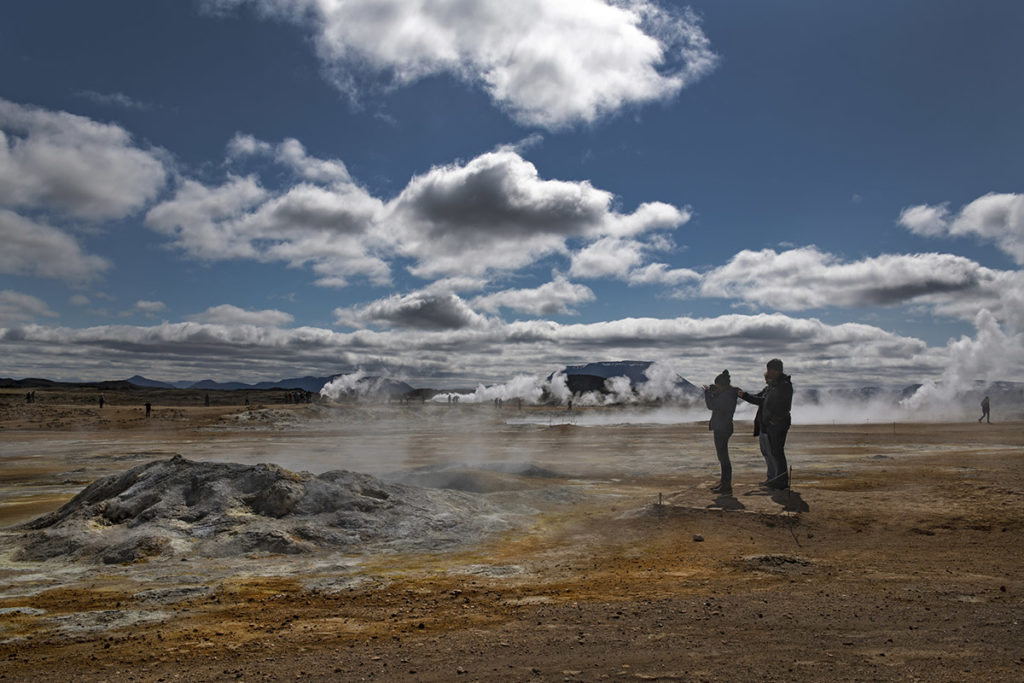
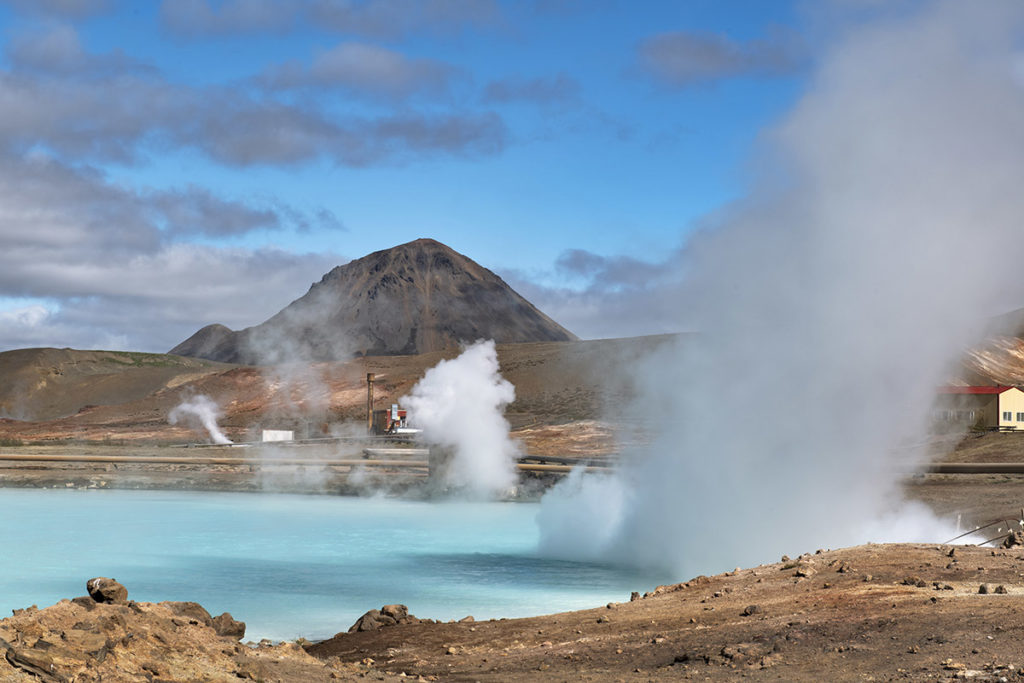
Hverir

Water cannon
The north is also rich in those other eye-catchers: impressive waterfalls. The Mýtvan region is therefore a good base for various activities. Dettifoss, for example, is the largest and most powerful waterfall in Europe, where 200 m3 water per second clatters down. Getting close to the core means getting soaking wet. Didn’t see me, I prefer to observe from a distance. But how insignificant I feel about the 44 meters high and 100 meters wide water cannon. It’s clearly a bit busier here than with the ‘little’ brother, Goðafoss. This has partly to do with the more hidden location (it is a side road at the beginning of the Sprengisandur route, a branch of route 1). Nevertheless, the turquoise water of the ‘gods’ thunders 12 meters down here from a plateau 30 meters wide and merges into the Skjalfandafljót river. The lava field seems to be 7,000 years old and comes from the shield volcano Trollandungja. And if you listen carefully you might hear a fairy whispering, because according to Hjelti they live here as well. However, the climax has yet to come, because Hjelti takes us off-road to Aldeyjarfoss. From the Mýtvan lake we drive at least half an hour on bumpy gravel roads, deeper into the Bárðardalur valley. This road ends in the highlands of Iceland. From a hill it is a ten minute walk to the lower waterfall. It is the dark, rusty brown basalts that make the Aldeyjarfoss even more impressive. What a powerful, intense nature. What pure unspoiltness. I can watch it for hours. Here in the north, Iceland is at its best.
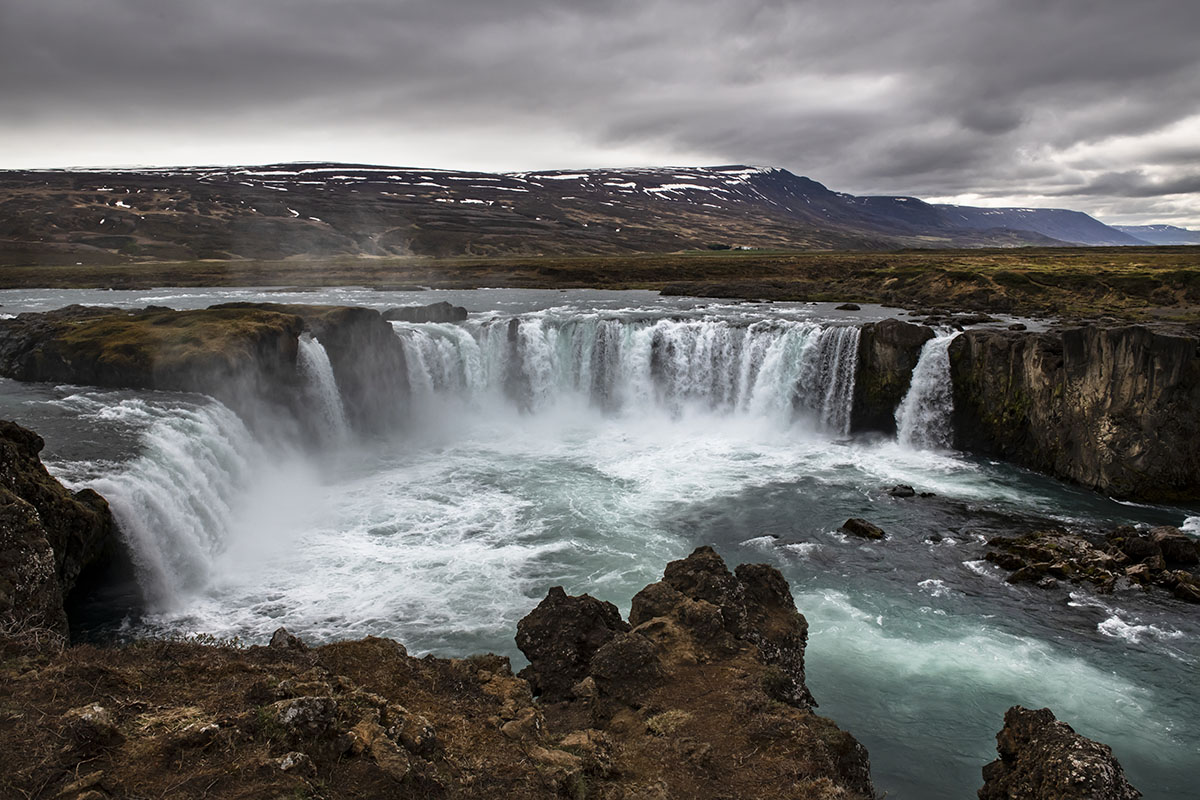
Iceland practical
How to get there
In just under ten years Iceland has become a popular travel destination. Especially in the summer months, the now famous southern route, the Golden Circle, transforms into a tourist attraction. This is partly due to the fact that many airlines offer Iceland as a stop-over to the United States. The chance that you can still visit beautiful waterfalls Selfoss and Skógaoss in peace and quiet is small.
Travelling in Iceland is best done with a 4×4 land cruiser or a solid station wagon. There is no railroad on the island and buses run mainly in the south. Those who want to travel even slower can make multi-day horseback riding or walking tours. I myself made a varied trip on an Icelander from the sympathetic family business Skjaldarvik Ferdapjónusta, just outside Akureyri. They also offer multi-day hikes and are accessible for beginners and advanced hikers. You can also spend the night there. |
Together with Transavia, Voigt Travel offers direct flights from Rotterdam to the northern city of Akureyri from 1 June to 31 August. However, due to the Corona virus, this will not be possible in the summer of 2020. However, it is possible to make a pre-reservation for 2021. In addition, Voigt Travel will fly from Amsterdam to Akureryri twice a week in February and March 2021. There is a time difference of two hours and it is a three hour flight. Since 15 June it is allowed to fly to Iceland again. However, new protocols are in force, so it’s good to check the latest news about Iceland.
Voigt is a travel specialist within Scandinavia and Northern Europe. In cooperation with local partners such as Visit North Iceland, the organisation provides tailor-made (fly & drive) trips.
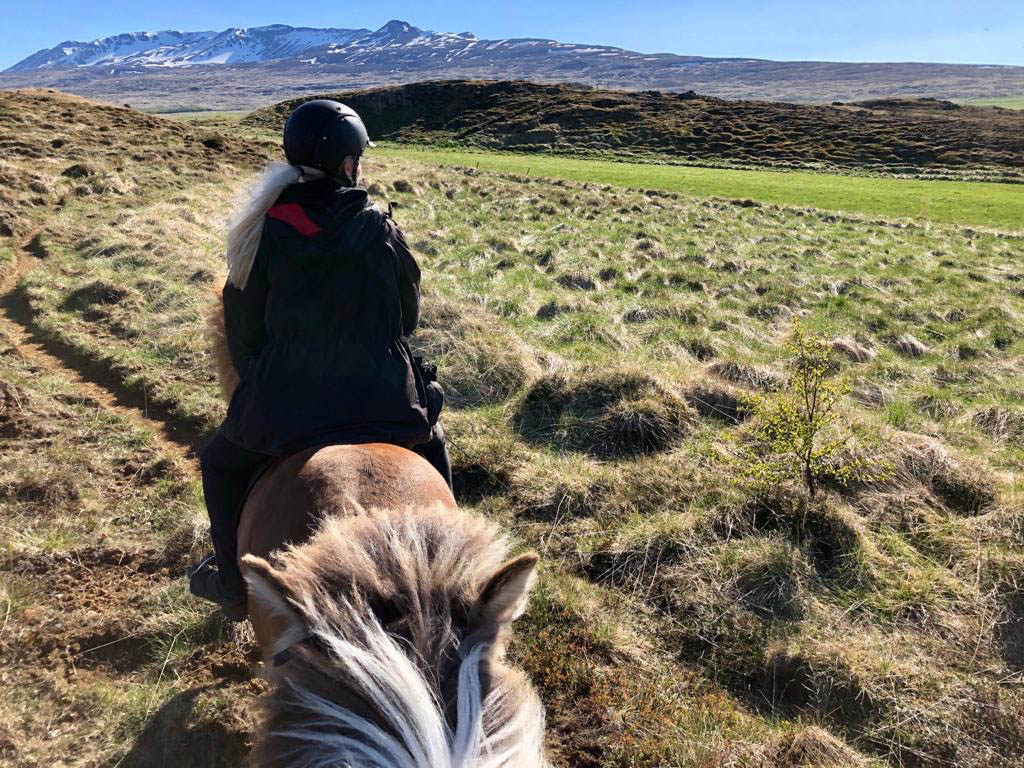
Drive through the wide fields with guide Sunneva from Skjaldarvik Ferdapjónusta stable. 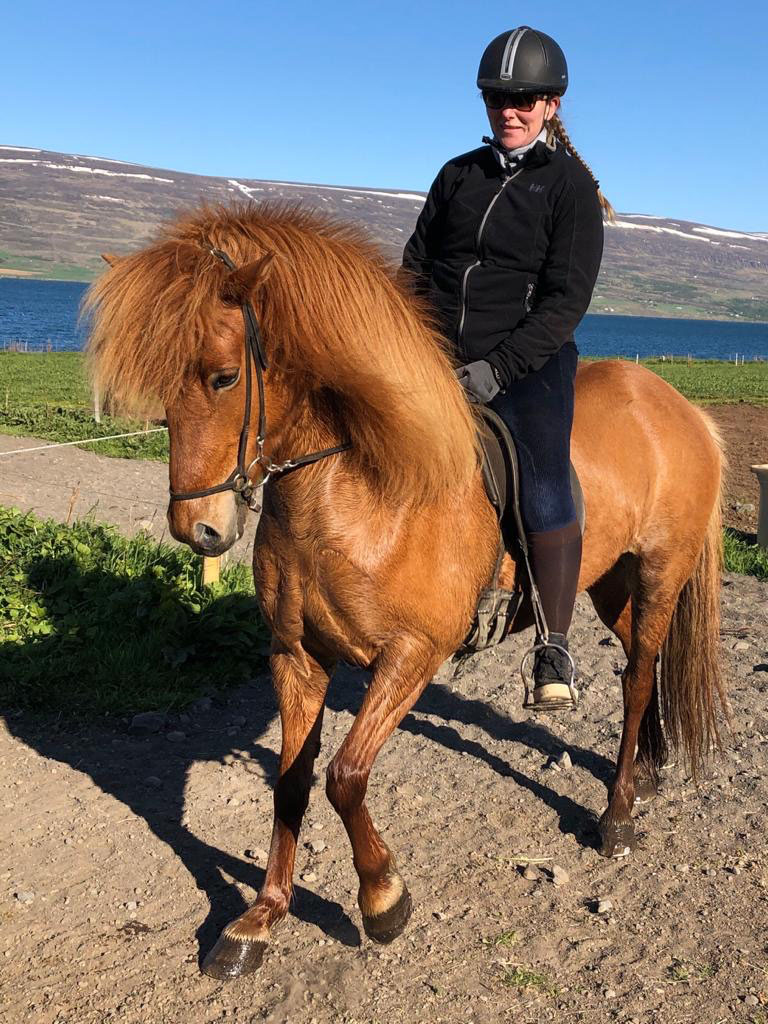
Angelique on the brave Elsa.
Stay
Siglo Hotel
This chic hotel is now known thanks to the Icelandic NETFLIX series Trapped, in which several scenes are played in the hotel and in the by the outside world closed harbour town Siglufjöður. The accommodation has spacious, cozy rooms with comfortable beds. In addition, the lounge area and the warm outdoor pool are highly recommended. | Siglohotel.is
Fosshotel, Myvatn
The location of this luxurious modern hotel is really beautiful, overlooking the Mývatn lake. The glass wall of the trendy restaurant and lounge bar overlooks the breathtaking surroundings, making it almost seem as if you are immersed in it. The rooms are also pleasant and durable wood has been used everywhere.
We also have four nice museum tips and delicious spas in northern Iceland for you. And for photography and horse lovers, the beautiful book Horses of Iceland.
Thanks to Voigt Travel, Transavia and Visit North Iceland.

